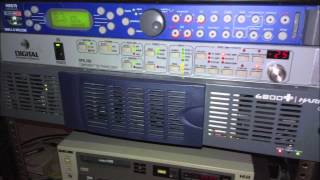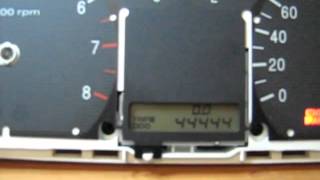Saturday, 27 December, 2025г.
















Где искать: по сайтам Запорожской области, статьи, видео ролики
пример: покупка автомобиля в Запорожье
Time Base Corrector
Both digital audio and digital video are precisely clocked, so that in theory, they reproduce the signal exactly as recorded. However, the same isn't true for analog audio and video. Analog video is more precisely timed than analog audio, since a control track is recorded along with the video and audio signals. However, timing issues can still occur, since analog video recorders rely on mechanical stability. When the playback is unstable, the colors can shift and other information can be displayed incorrectly on the screen. To remedy these issues a device known as a TBC (time base corrector) can be employed. It works like this. A small sample of the analog video signal (typically one frame or one field) is imported into a digital buffer. The video signal can then be adjusted to match the house sync rate, so that the digital buffer outputs the information very precisely. This effectively negates any timing errors, so that color and other picture issues are corrected. It also allows this machine to be used in an edit session with other video recorders locked to the same sync source. Just as all digital devices (both audio and video) are buffered so that the playback has no timing issues, the buffer in a time base corrector fixes the timing issues with analog video.
Похожие видео
Мой аккаунт


 У вашего броузера проблема в совместимости с HTML5
У вашего броузера проблема в совместимости с HTML5

![Disney Channel commercial break (September 12, 1996) (60fps) [TBC Enhanced]](/images/mq/0/04/2mzBCbB04NrtB4.jpg)
